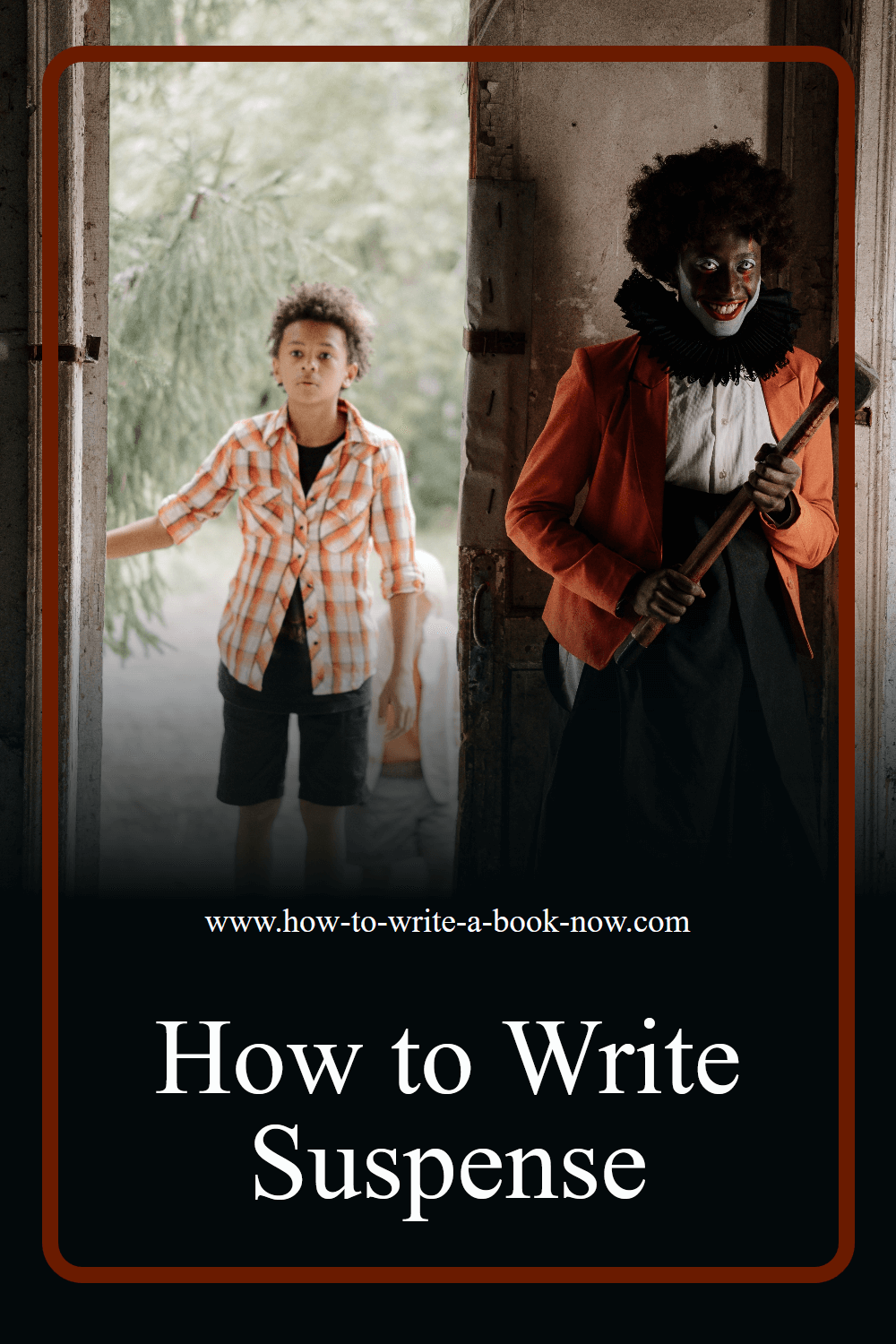Sagging Middle Syndrome
Question: I've read almost every article here and I still can't seem to get an interesting middle. I have a beginning and end. But have no idea how to get from the beginning to the end! I've gotten to a certain point and it was kind of marking the end of the beginning and the beginning of the middle and I have no idea where to go from there to get to the end of my story. Also, it's a romance novel. I have my goals and consequences and basically everything to get me to the end except and exciting middle and I have read the sagging middle syndrome about ten times now and I am still as hopeless as I was before I read it.
Answer: One approach is to develop all four of the major throughlines.
If you are using a 4-act structure, then your middle will be acts 2 and 3. Each of the four throughlines will have a body of material to be explored in act 2.
Overall Throughline: At the end of act 1, a turnng point should have set your characters on the road towards achieving the story goal. Act 2 is where things get complicated. The challenges and conflicts rear their heads for the first time. It starts to become clearer what's at stake and what must be done to achieve the story goal.
Main Character Throughline: You should have established who your main character and how she does things is in act 1. Act 2 is where she starts to be pressured to change. She faces situations where it's not clear if her usual approach is going to work.
Impact Character Throughline: In a romance, the impact character is the love interest. You should have introduced him in act 1. In act 2 his influence on the main character grows as he shows her a different approach, a different way of being or doing things. In some cases, he opens up a whole new world to her.
Relationship Throughline: You established the initial relationship between the two leads in act 1 (friends, enemies, reluctant partners, etc.). Now the relationship moves in a new direction. Often they become more romantically involved at this stage. Or, if they started off as lovers, their relationship may be tested in act 2. Their feelings towards each other may get complicated at this stage.
If you structure the second act of each throughline as a
If you plan to have any subplots, they will have their own act structure, and you may want to include part of each subplot in this act as well.
You may also have some events that are there to illustrate thematic issues. Each throughline can have it's own conflict between opposing values, and theme scenes can present evidence as to which values should be more highly regarded.
Act 2 should end with another major turning point. This is sometimes thought of as a "point of no return." After this turning point, the main character is fully committed to the quest to achieve the story goal. Act three is the march to the overall story crisis - a major setback that marks the start of act 4.
In act 3, all 4 throughlines build towards their own crisis, using a sequence of events (just as in act 2).
So in addition to the overall throughline crisis (the major setback in the effort to achieve the story goal), you may have...
The main character's personal crisis: The pressure on her builds to the point where she is forced to decide whether to abandon her old approach and take on the impact character's approach, or to stick with her old approach. Only the right choice will let her achieve the story goal, but she has no way of knowing for certain what the right choice is.
The impact character's crisis. His personal story reaches its own crisis where either he does something or something happens to him that has the greatest influence on the main character.
The relationship crisis (also known as the "black moment"). Their relationship experiences a major setback which looks impossible to recover from (until it does in act 4).
If you use a sequence of events to build towards each of these crises, that should give you another 12-16 events in act 3 (more or less depending entirely on your choices). Including all four crises as separate events makes for an exciting third act.
Subplots, theme scenes can continue to appear in act 3, naturally.
The end of act 3 marks the end of "the middle" and the beginning of the march towards the final resolution.
Hope that helps.
- Home
- Plot Questions
- Sagging Middle Syndrome













